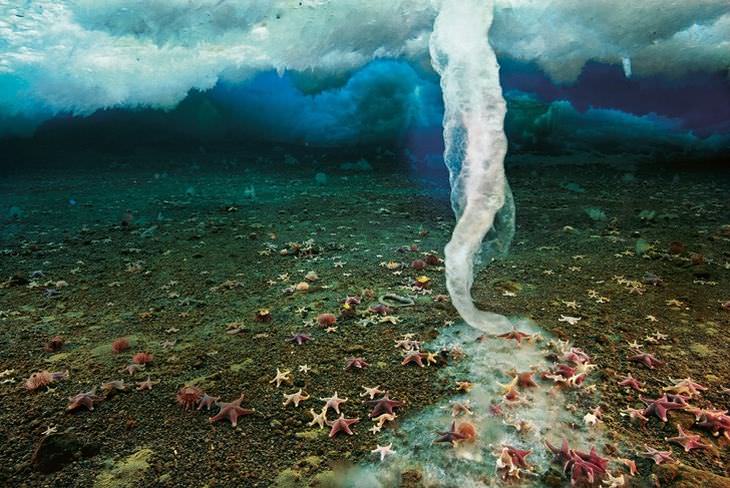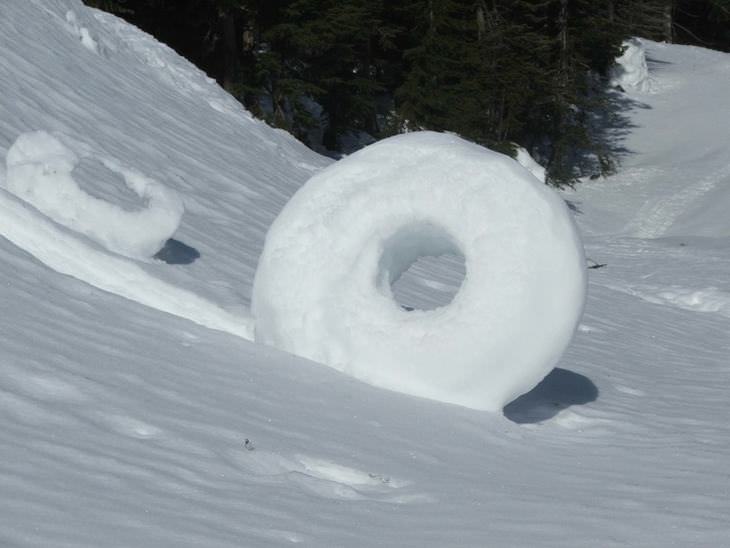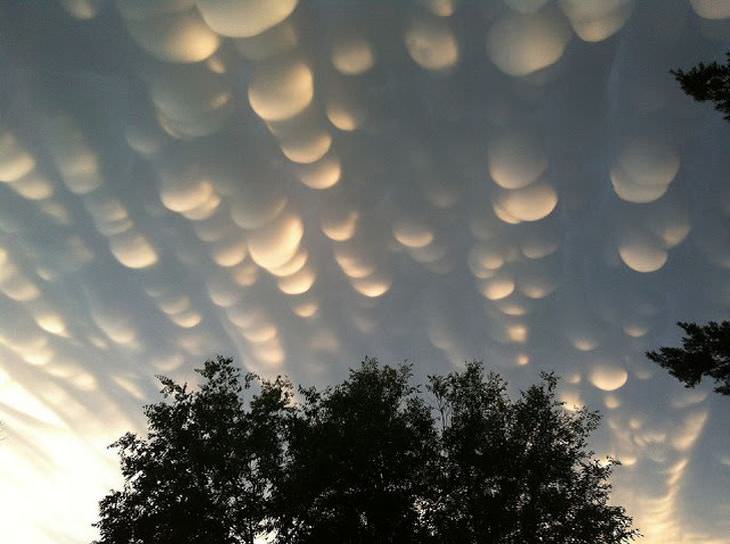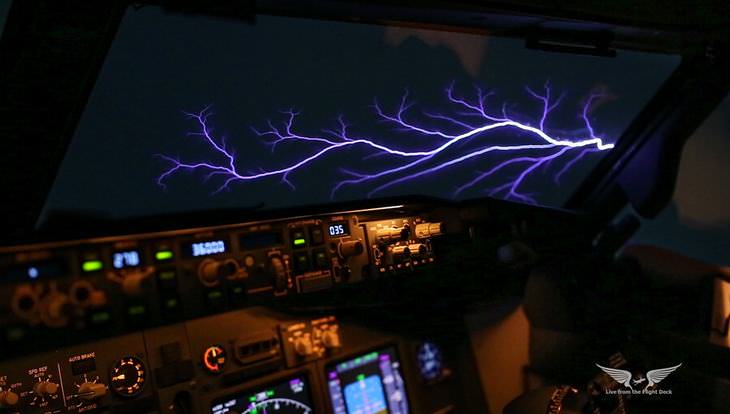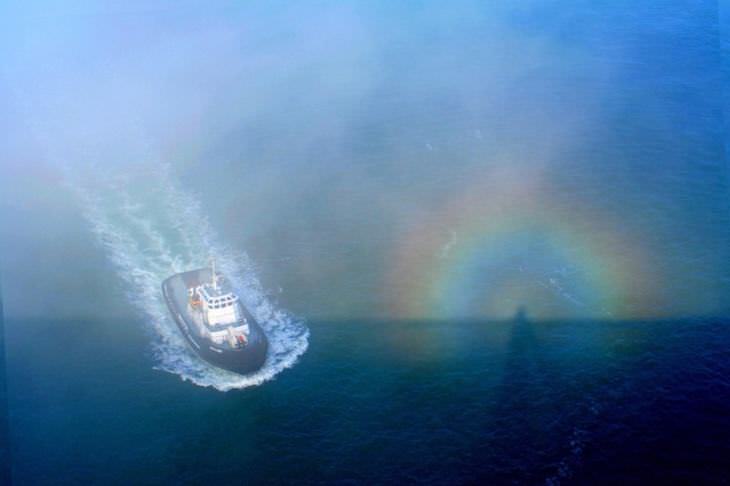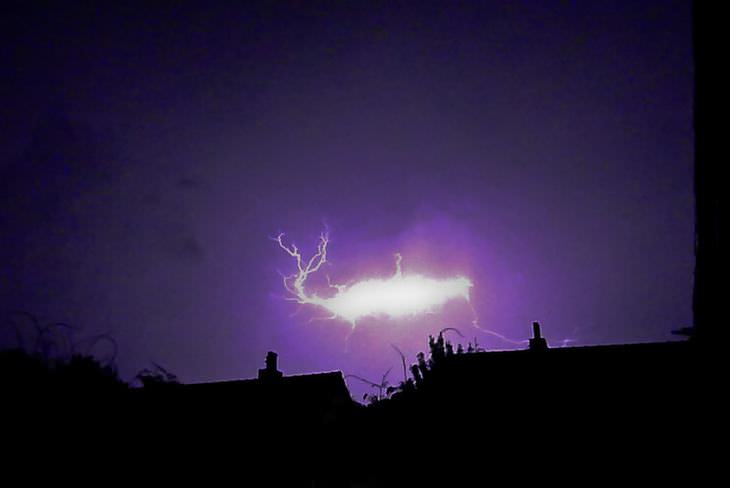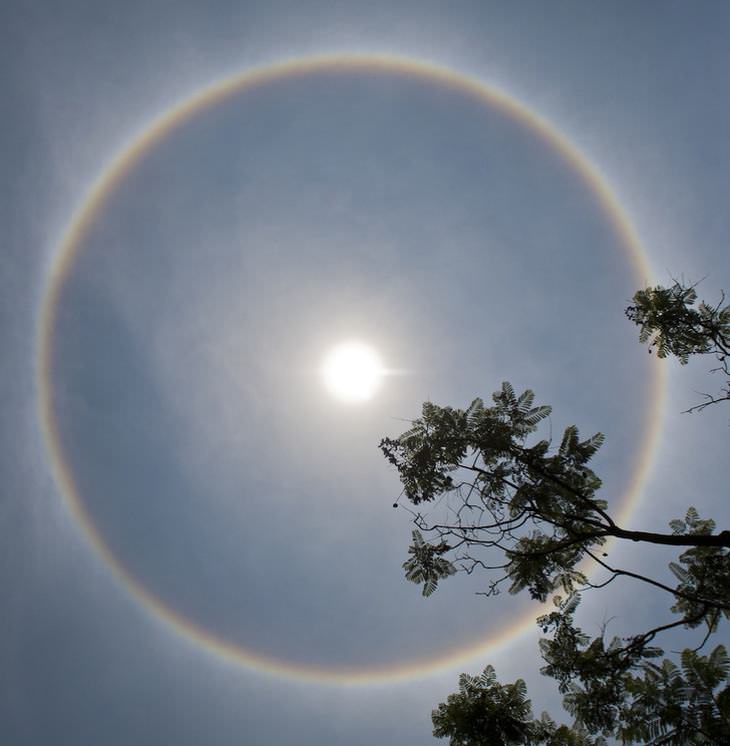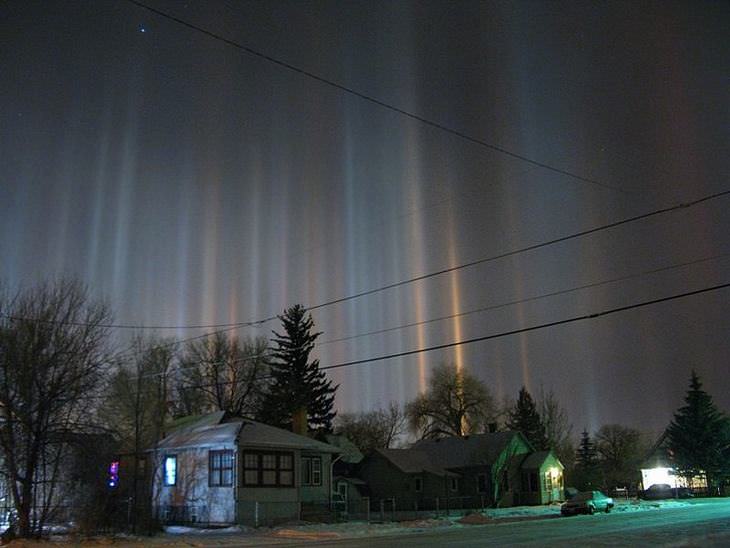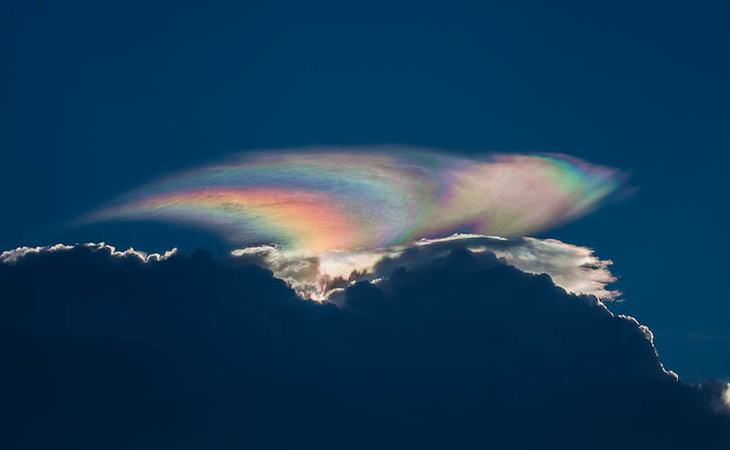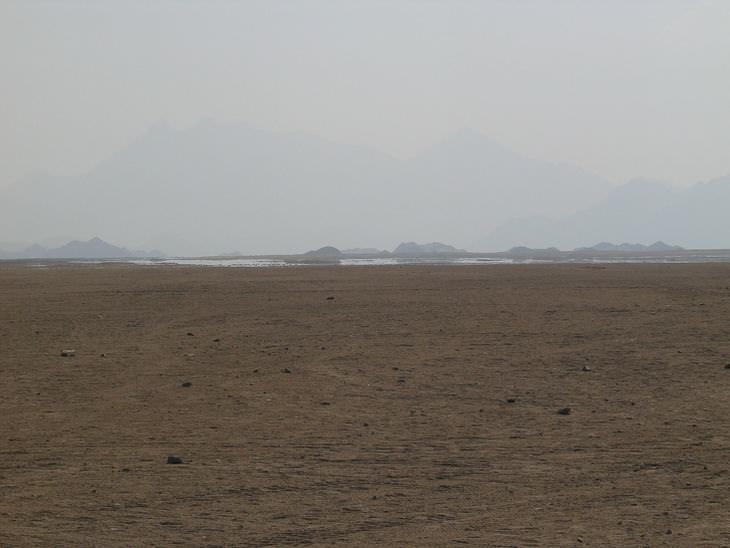1. Brinicle
While you may have never heard of a brinicle, it can almost be compared to an underwater crystal. It is formed when salty water leaks out of sea ice and sinks into the sea creating this incredible underwater ice sculptures. Due to the low temperatures that is required for these brinicles to form, they only occur in the oceanic waters around the South and North poles.
2. Snow rollers
This natural phenomenon is formed by winds whereby chunks of snow are blown along the ground, picking up material along the way. Snow rollers have been known to grow as large as two feet in diameter. These balls are often hollow since the inner layers, which are the first layers, are weak and thin.
3. Mammatus cloud
These clouds are known as mammatus - which means mammary cloud. They are formed by cold air that creates pockets contrary to the puffs of clouds rising through warm air. This cloud lasts for an average of 10 minutes, while a cluster of them can last anywhere from 15 minutes to a few hours.
4. St. Elmo’s fire
This is a form of a coronal discharge from a sharp object in a strong electric field in the atmosphere. It usually occurs before a storm or during a blizzard in winter. This light may also appear along the leading edges of an aircraft that gets into an ash cloud. In the past, many sailors believed that coronal discharges were favorable omens named after their patron, St Elmo or Erasmo.
5. Glory
A glory is an optical phenomenon caused by water droplets, consisting of concentric rings and somewhat similar to a rainbow. These rings occur because of light diffraction. If you're looking to enjoy this illusion, you have to stand on a mountain or a tall bridge with the light source (the sun or the moon) right behind you.
6. Ball lightning
In contrast to other natural phenomena, the true nature of ball lightning is still unknown. The most common theory as to why this occurs is that it is an atmospheric electrical phenomenon, a type of lightning that resembles a ball that occurs during a thunderstorm and moves in strange trajectories. Scientists also believe that ball lightning appears because of phosphene (a phenomenon characterized by the experience of seeing light without light actually entering the eye. Still, we can't ignore witnesses who have faced this rare phenomenon, taking a picture or recorded a video.
7. Halo
A halo appears as a glowing ring near the sun, moon or street lights. It is a phenomenon that is produced by sunlight interacting with ice crystals suspended in the atmosphere. This usually occurs at an altitude of 3 to 6 miles. Light is reflected and refracted by the ice crystals and may split into colors because of dispersion. There are many kinds of halos resembling circles and arcs - you may have seen one during a bright and cold winter's day.
8. Light pillars
A light pillar is a rare kind of halo which occurs because of the reflection of light from numerous ice crystals that are suspended in the atmosphere. You can see this incredible phenomenon if it's really cold outside.
9. Cloud iridescence
This beautiful phenomenon can be seen if the sun is hidden behind thick clouds and there's a thinner cloud nearby. Depending on the sun's position, a cloud may appear colorful as light rays of different wavelengths are reflected in a special way. Consequently, the light of these waves shows up to our eye in different directions. The colors are usually pastel but can be very vivid at times.
10. Mirage
Mirages occur when light rays bend between air layers of different temperatures. Here, the light rays produce a displaced image of distant objects or the sky. There are several types of mirages. A lower mirage, for instance, appears to look like a sparkling water surface in a desert. In reality, it's just the sun's reflection above the overheated sandy ground.

